Niseko特別純米酒 彗星
SakenowaRecord your sake experiences and discover your favorites
Registered Date
Check-ins
200Favorite Brands
31Timeline
Kid純米吟醸 カラクチキッド
Charドナティ 初汲み純米吟醸
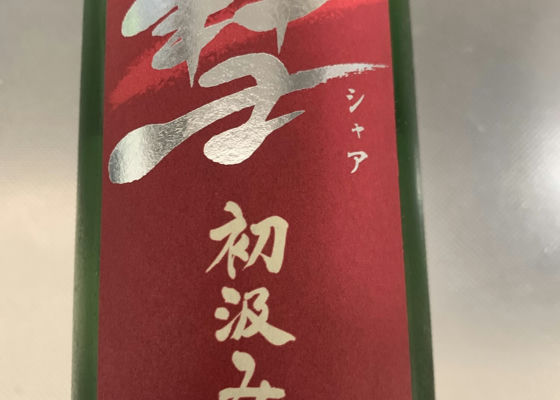
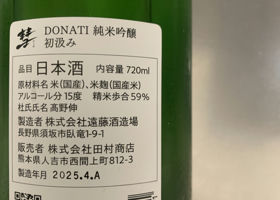

まらっか
I wonder if the name still comes from that red comet?
Gorgeous and fruity aroma. As you drink it in a wine glass, the taste gradually becomes clearer and clearer.
The slight bitterness in the aftertaste is a refreshing complement to the sweetness and umami.
It was a perfect match when I paired it with the salted and vinegared tataki of ippon-fished bonito.
Japanese>English
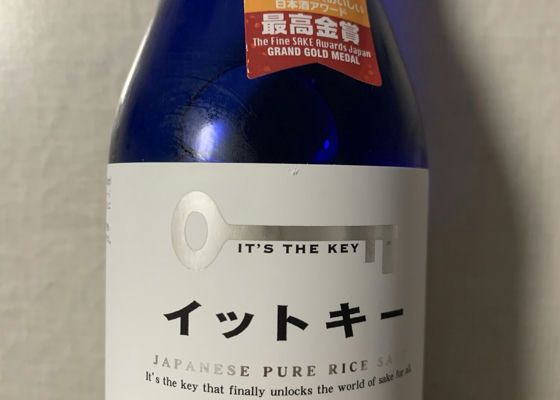
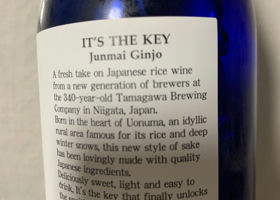
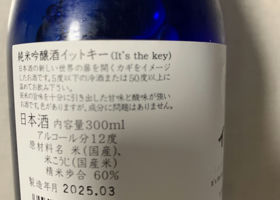
まらっか
I paired it with melon for dessert.
It's been a while since I've had it, but it was a little different than I remembered.
It is sweet. Not that it has an aftertaste.
It tastes somewhat like old-fashioned sake.
There is a sourness and a lactobacillus-like flavor,
It was not so refreshing. It might have been better as an aperitif in winter.
Japanese>English
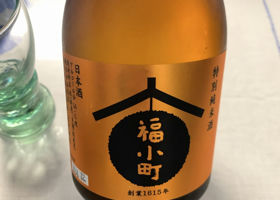
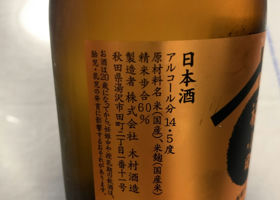
まらっか
I was reunited at the supermarket with a sake I had previously had at Akita Nagaya Sake Bar.
It has a mild and gentle mouthfeel with a clean dry aftertaste. It is well-balanced and versatile enough to go with any dish. It was delicious and had a calm taste.
Ingredients: rice (domestic), rice malt (domestic)
Rice Polishing Ratio:60
Alcohol content: 14.5
Japanese>English
Gokyo木桶造り生酛純米酒
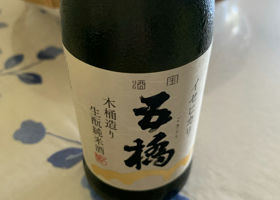
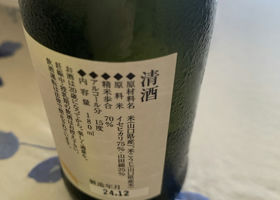
まらっか
This sake is brewed with Isehikari, an auspicious-looking rice that was born in the Kanda of the Ise Shrine.
It is fruity with a clean aftertaste. The aroma is elegant, unctuous, and easy to drink. It was delicious, with a strong umami of rice.
Rice: Rice (Yamaguchi Prefecture), Rice Koji (Yamaguchi Prefecture)
Isehikari 75%, Yamadanishiki 25
Rice polishing ratio: 70
Alcohol content: 15%.
Japanese>English
夜明け前生一本 純米吟醸
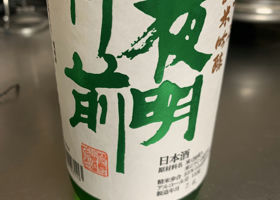
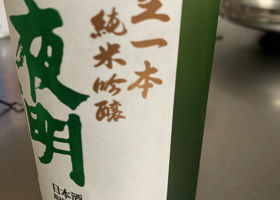
まらっか
Delicious. Fruity and elegant aroma. It has a fruity and elegant aroma, a crisp and clean taste, and is perfect for a mealtime drink.
A fresh bottle, produced on July 6.
Japanese>English
Masumi純米吟醸Suzumi Sake
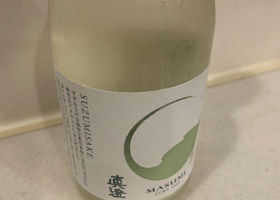
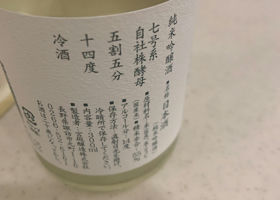
まらっか
Summer sake, Masumi SUZUMI SAKE, a summery, refreshing, light Junmai Ginjo. It was supposed to be...but for some reason I don't remember why. I don't remember drinking it.
The clear aroma and the refreshing taste made my memory of it all go away. A bottle I want to drink again.
Japanese>English
Sakunohana辛口吟醸無ろ過生原酒
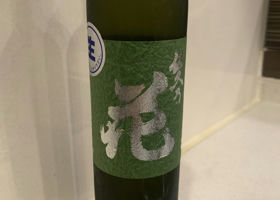
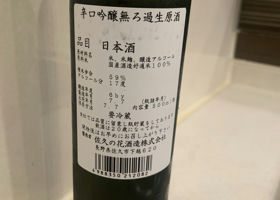
まらっか
A fresh bottle produced on July 7🍶.
It is fruity like a Shinshu sake, but it is easy to drink with a clear dry taste.
The clarity of this unfiltered, unpasteurized sake is also amazing.
Japanese>English
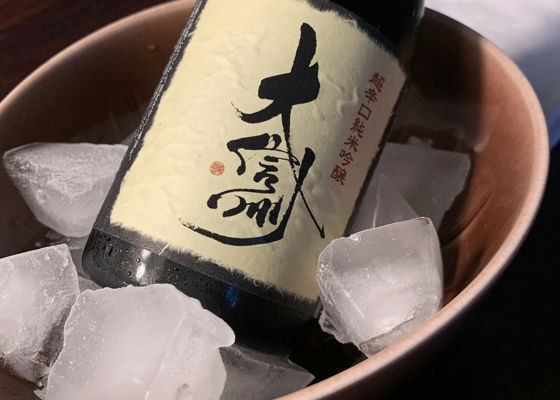
まらっか
This Daishinshu super-harsh junmai ginjo was recommended to us at the pension where we were staying.
The proprietress, who loves sake, told me with a laugh, "I tend to make dishes that go well with sake," and I couldn't restrain myself from ordering a bottle.
The dishes are delicate in appearance and taste, and each dish is impressive. This sake does not interfere with such a gorgeous meal, but rather enhances it and makes it even more delicious.
The fruity aroma and the crisp, dry taste. I am very happy.
Japanese>English
ジェイ&ノビィ
Good evening, Marakka 😃.
Super dry by Daishinshu! It's delicious 😃‼️
I'd love to visit that pension 🤗.
Japanese>English
まらっか
Thank you Jay & Nobby for your comments. It was very good 🤗.
Japanese>English
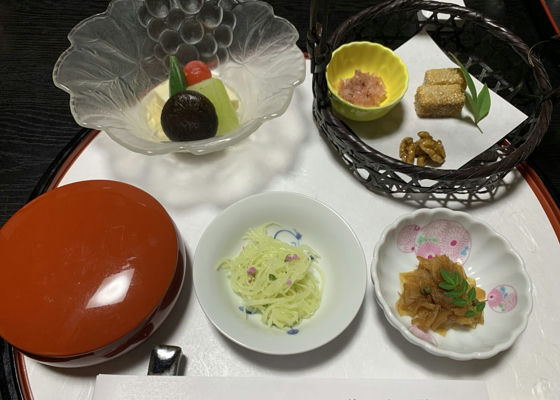
まらっか
Fruity, light and dry. We had it as a food sake. It was very tasty.
Japanese>English
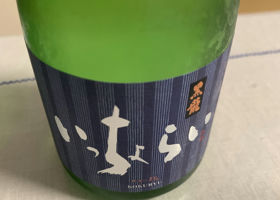
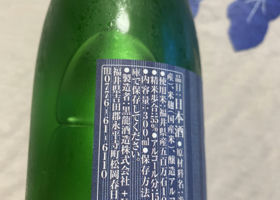
まらっか
Gorgeous aroma and fruity taste. Refreshing aftertaste. Delicious!
Japanese>English
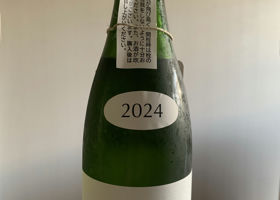
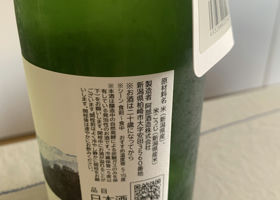
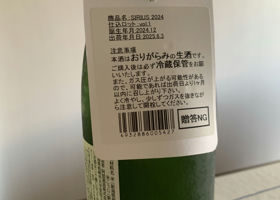
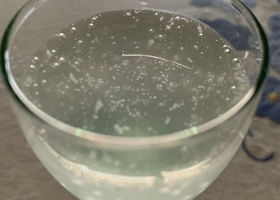
まらっか
Delicious. Fruity, clean flavor and gas. It has a dry aftertaste, perfect for summer. I love the modern taste of all Abe Sake Brewery's sake.
Japanese>English
まらっか
It is effervescent in the bottle, just like champagne. It has a mellow mouthfeel, but with a shrieking, refreshing aftertaste. I didn't realize how easy it was to drink, but I didn't expect it to have 19% alcohol.
Ingredients: Hachitan-Nishiki (domestic), rice malted rice (domestic)
Rice polishing ratio: 60
Alcohol content: 19
Japanese>English
まらっか
This is also at the Hiroshima Brand Shop Tau. They use Yamadanishiki grown in Hiroshima. The taste is gorgeous and crisp.
Ingredients: Rice (Yamadanishiki), Rice malted rice (Yamadanishiki)
Rice Polishing Ratio:50
Alcohol percentage: 15
Japanese>English
まらっか
Tasted at Tau, a Hiroshima brand store in Ginza. Dry, clean, mild and easy to drink. An excellent food sake with a strong rice flavor.
Junmai Sake
Ingredients: rice (domestic), rice malt (domestic)
Rice Polishing Ratio: 60
Alcohol content: 15
Japanese>English
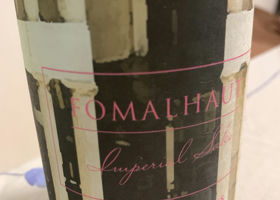
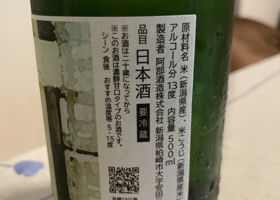
まらっか
A collaboration with United Arrows. It's fire-roasted but still fresh, juicy, fruity, with a bit of a schwash and a beautiful aftertaste. It's delicious and a real strike.
Japanese>English
Ichinokura本醸造生酒ひゃっこい
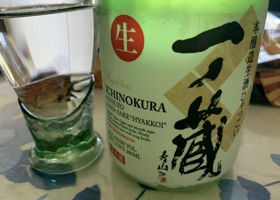
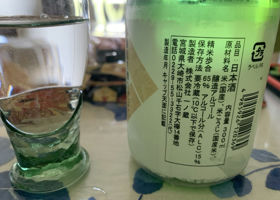
まらっか
Mellow, refreshing and easy to drink🍶.
Japanese>English